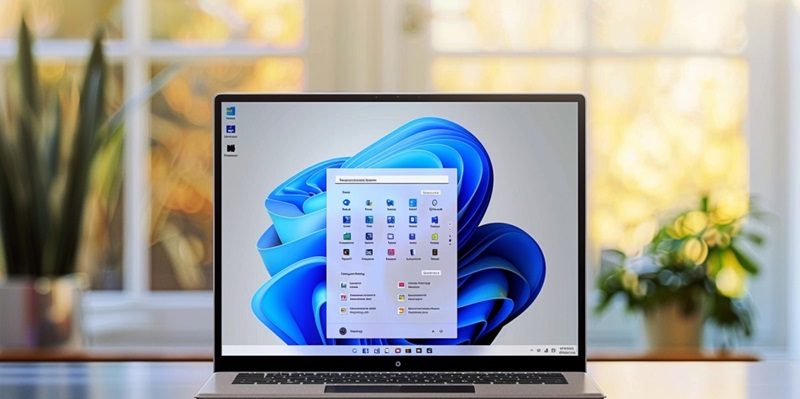After facing significant pushback from the Windows community for the removal of the drag-and-drop feature with the release of preview update KB5030310, Microsoft has taken steps to address the issue. The drag-and-drop feature that was missing in Windows 11 allowed users to move files easily by dragging them onto various locations in the File Explorer address bar. Responding to the concerns about the direction of Windows 11, Microsoft reinstated the feature with the rollout of update KB5035953.
While not automatically reinstated, the drag-and-drop functionality could be enabled through ViVeTool. Windows Insider Preview Beta users now had the option to return to the file organization method they were accustomed to, albeit with a few additional steps needed.
Looking Ahead: The Future of File Management in Windows
Microsoft’s reintroduction of the drag-and-drop feature in Windows 11’s File Explorer not only illustrates the company’s responsiveness to consumer feedback but also points to a dedication to improving the overall user experience. This aligns with the company’s goals of merging local and cloud system capabilities, maintaining essential features of traditional computing while integrating progressive improvements.
The commitment to blending well-loved functionalities with new enhancements reveals Microsoft’s adaptive approach to operating system development. As Windows continues to evolve, it is positioned to serve as a dynamic, user-focused platform that respects the importance of innovation alongside user familiarity.

